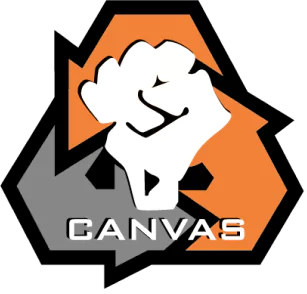Nov 1, 1972-1972
Thailand
National Student Centre of Thailand: Japanese boycott
Share
ACTIVISTS/ACT.GROUPS/DESCRIPTION OF THE GROUP
National Student Centre of Thailand (NSCT)
TARGET
Thanom regime
WIDELY HELD BELIEF
The government must hold greedy foreign corporations accountable.
CASE NARRATIVE
Issue and Opponent: In 1971, the Thanom government launched another coup to restore authoritative rule in Thailand. They dissolved the national legislature, threw out the 1968 constitution, and proclaimed martial law. Prime Minister Thanom drafted a new constitution in 1972 that gave him and his National Executive Council full power. He promised to return the country to democracy once the threat of communism was defeated. Thus, the students organized the National Student Center of Thailand (NSCT) in 1972 to campaign against the Thanom regime.
Dilemma Action: The NSCT began its campaign by targeting Japanese goods. The students planned a 10-day boycott of Japanese goods. They distributed leaflets that accused Japanese corporations in Thailand of evading taxes and bribing Thai customs officials. They targeted stores that sold more Japanese products than Thai ones, Japanese airlines, and Japanese restaurants.
Outcomes: This was successful in receiving support from the Thai general population and government response. The Thai government eventually issued an executive decree which imposed strict regulations on foreign corporations. These were aimed at 170 Japanese corporations that were found in Thailand. Within the month, Japan yielded to Thailand. It also increased confidence in the group to protest against their own government’s policies.
PRIMARY STRUGGLE/GOAL
NONVIOLENT TACTICS USED
DA TACTICS USED
Leaflets/pamphlets/books
CASE NARRATIVE WRITER
SUCCESS METRICS
10 / 12
(CONC) Concessions were made
(EREP) Dilemma action got replicated by other movements
(MC) Media Coverage
(MSYMP) Media coverage was sympathetic to the activists
(OR) Opponent response
(PS) Dilemma action built sympathy with the public
(PUN) Punishment favored the activists
(REFR) Dilemma action reframed the narrative of the opponent
(RF) Dilemma action reduced fear and/or apathy among the activists
(SA) Dilemma action appealed to a broad segment of the public
PART OF A LARGER CAMPAIGN
3 / 3
Activist group continued working together after the action
Encouraged more participants to join the movement
Internally replicated by the same movement
RESOURCES
Project documentation
Dilemma Actions Coding Guidebook
Case study documentation
Dilemma_Actions_Analysis_Dataset
SOURCES
Anto, Meiri. 2013. “Thai students overthrow military Thanom regime, 1973,” Global Nonviolent Action Database, Retrieved July 20, 2023. (https://nvdatabase.swarthmore.edu/content/thai-students-overthrow-military-thanom-regime-1973).
doi:10.2307/2755892. Accessed April 15, 2022.
doi:10.2307/2642680. Accessed April 15, 2022.
The New York TImes. 1972. “Thai Attempts at Boycott of Japanese Goods Fails,” November 25. Retrieved July 20, 2023. (https://www.nytimes.com/1972/11/25/archives/thai-attempt-at-boycott-of-japanese-goods-fails.html).
https://www.thebigchilli.com/feature-stories/a-journey-through-the-past-thailand097209761648130. Accessed April 15, 2022.
Related cases
Sep 1, 1742-1742
China
Scholars, members of the upper classes, and business owners organized large protests in Gaoyoum, Baoying, and Huai’an China. They targeted the Qianlong emperor. After ...
/
Aug 14, 2013-2013
Bahrain
Beginning in February 2011, Bahrain saw sustained pro-democracy protests, centered at Pearl Roundabout in the capital of Manama, as part of the wider Arab Spring. Insp...
/
Jan 7, 2023-2023
Pakistan
Since 2007, the Pakistani government has been fighting against the Tehrik-e Taliban Pakistan (TTP), also known as the Pakistani Taliban, especially relying on its mili...
/
Subscribe to our newsletters to get full access to all materials on our website.

